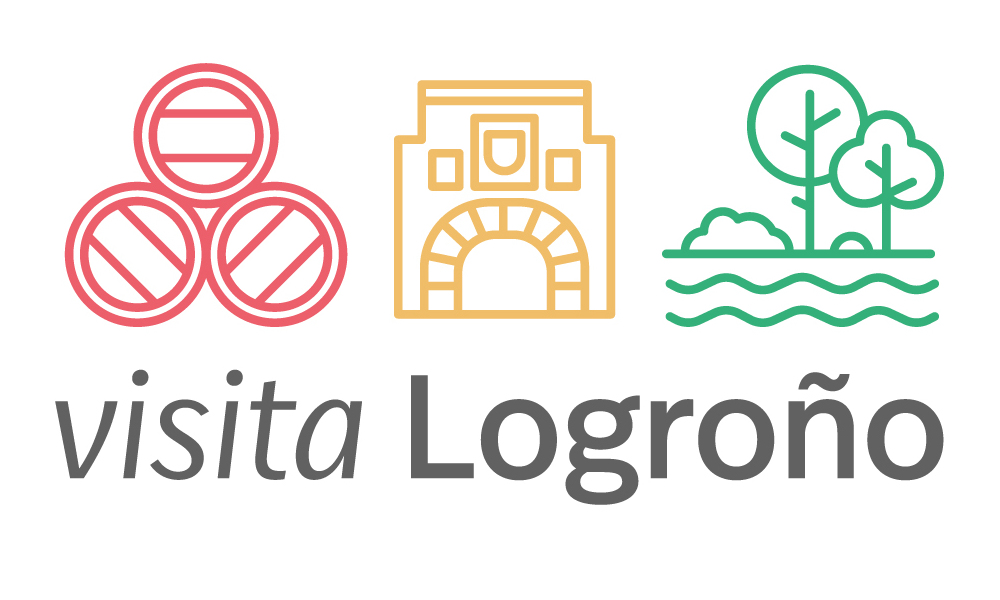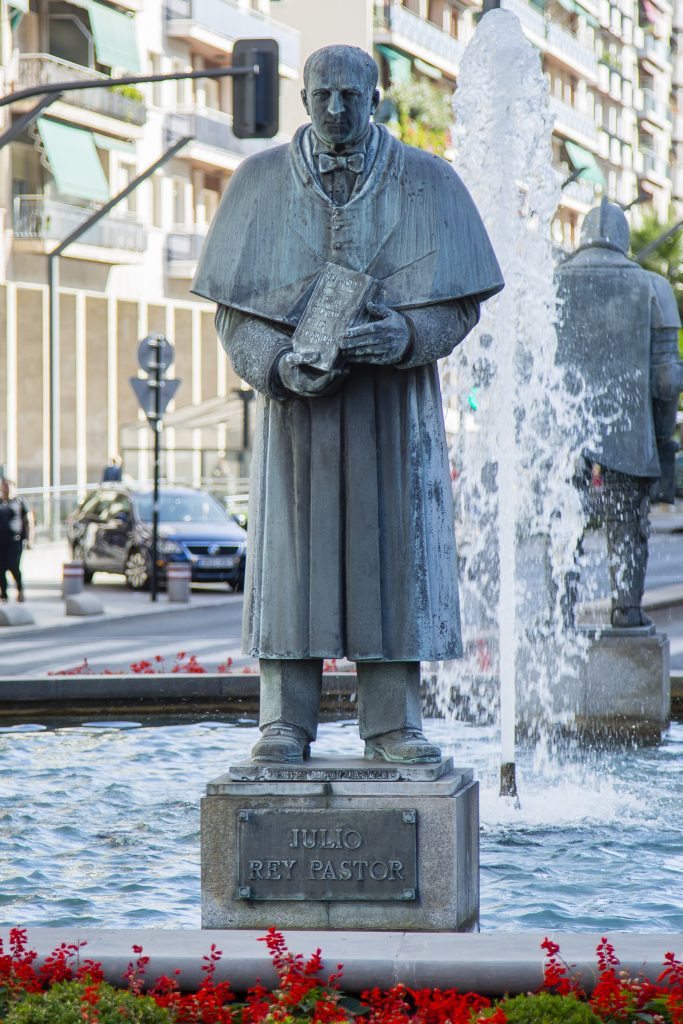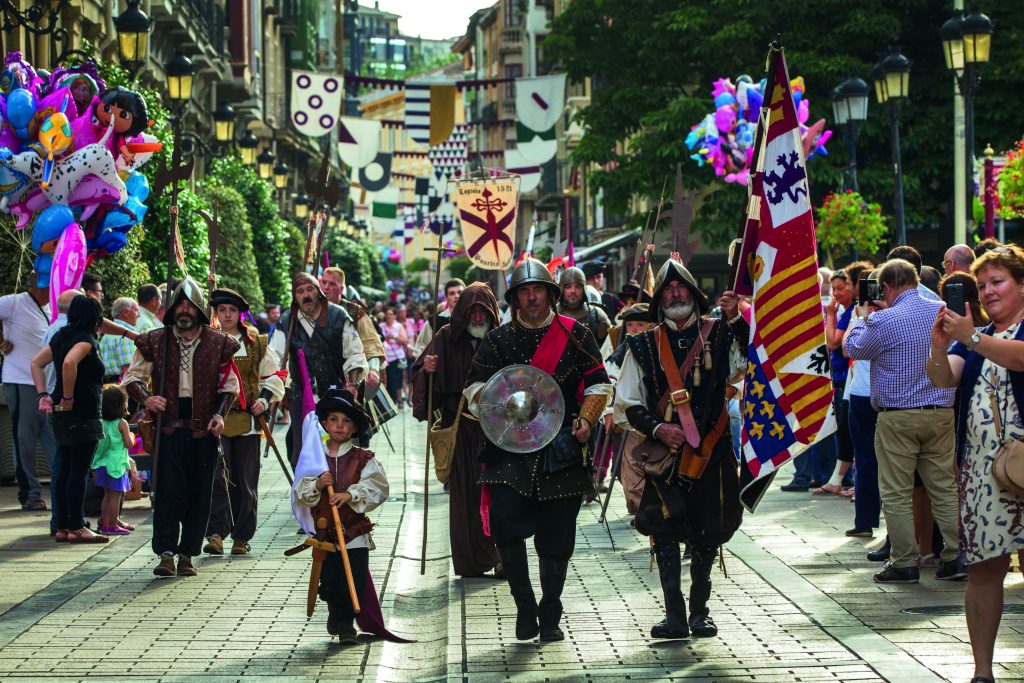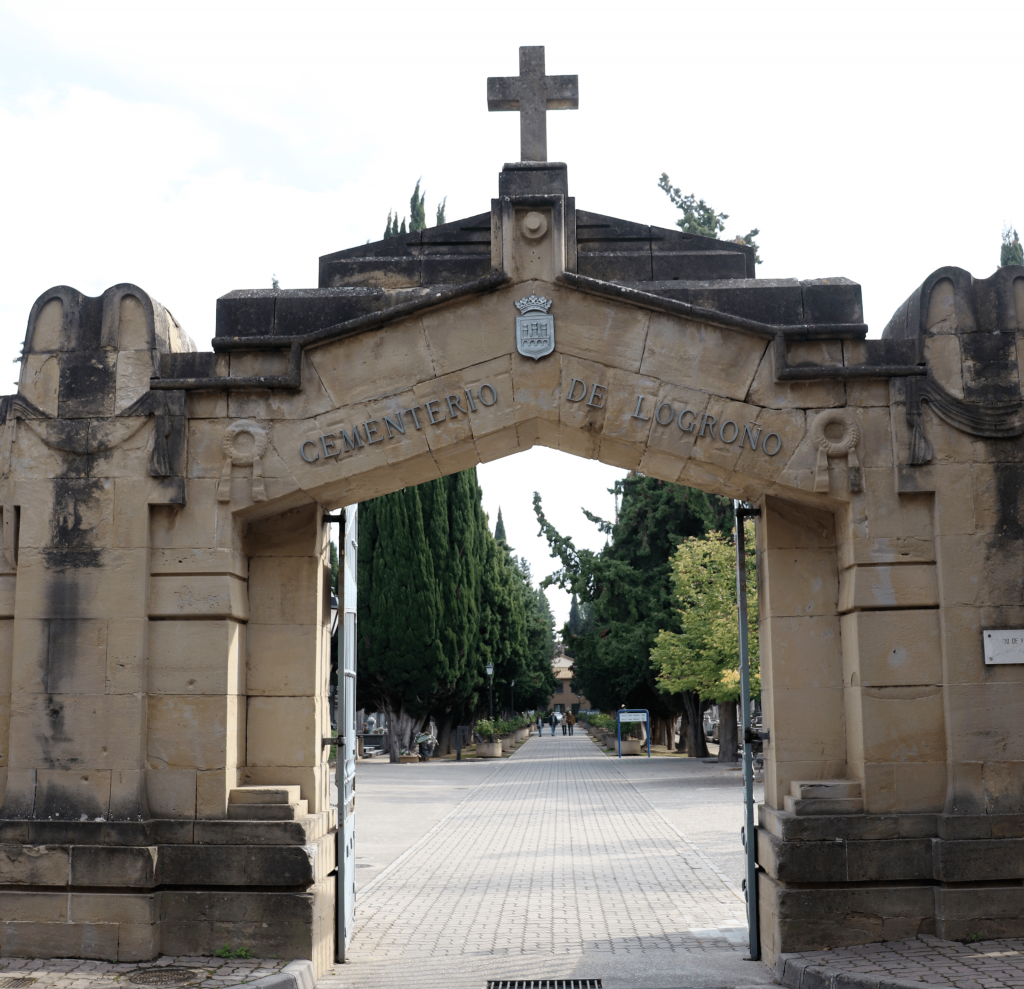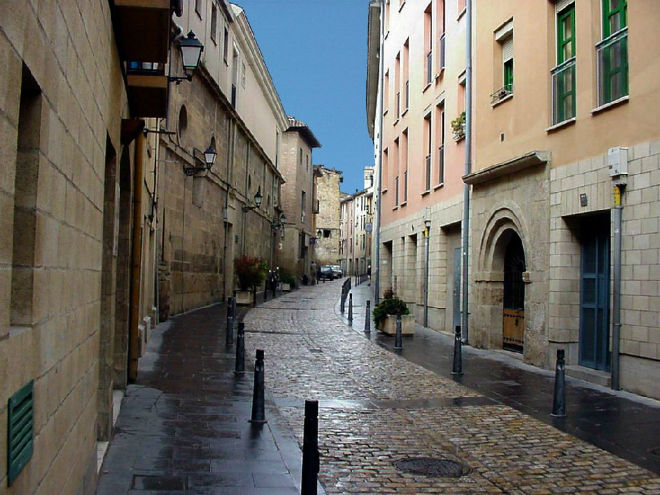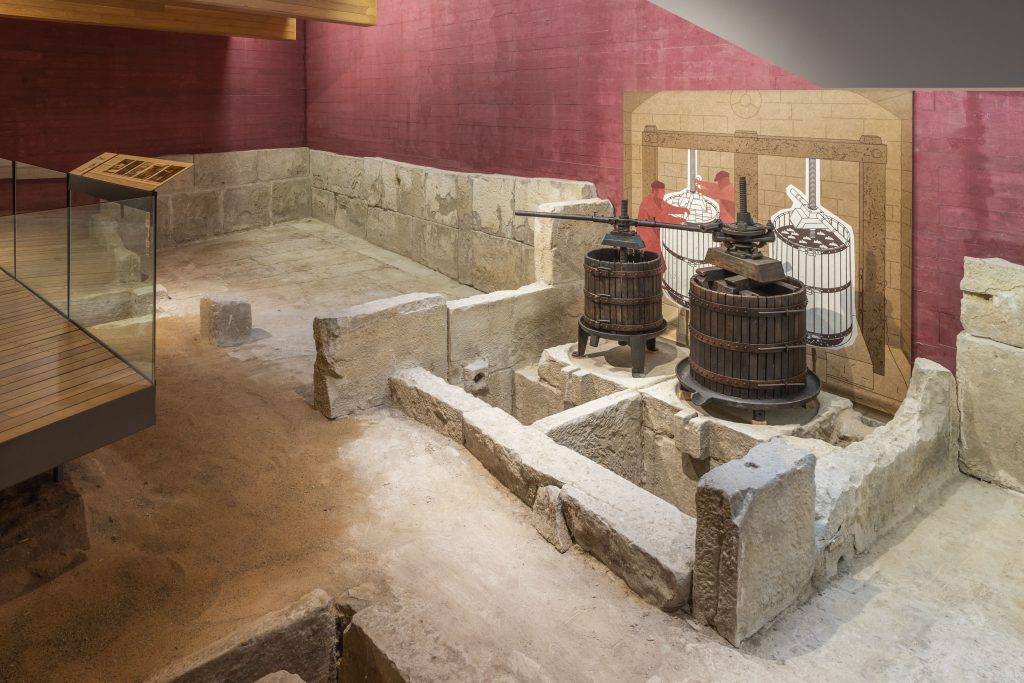Fifty years after his death, we follow the great mathematician Julio Rey Pastor through the streets of the city where he was born.
On the clearest nights, moonlight shines on the Ebro. Strangely enough, if the International Astronomical Union hadn’t said no, there would be a name from Logroño up there. This was the wish of astronomers Hugh Percy Wilkins and Antonio Paluzie Borrell, who, in the 1950s, suggested christening the crater Faraday G with the name Reypastor.
The proposal came to nothing, but it does help us to understand the importance that one of the most illustrious – and perhaps least known – figures of La Rioja had for the scientific community.
Let’s get back down to earth – more specifically to that land that on a distant 14 August 1888, saw the birth of Julio Rey Pastor. After a brief stay in Burgos, where his father was posted on military duties, the family returned to Logroño.
They moved into the house of Julio’s maternal grandparents, at number 46 on the street then known as Calle del Mercado, which today is called Calle Portales. Educated by his aunt and his grandfather, who was a teacher in the city, little Rey Pastor soon stood out as an intelligent child with great leadership skills.
It is clear that as a very young boy he was the one in charge of bringing order to the anarchy that often reigns in children’s games.
He organised complicated games in which he himself gave instructions to his companions. At the age of ten he entered the Sagasta Institute, where he proved to be an exemplary pupil, accumulating a whole host of distinctions. After finishing his studies, Julio left Logroño to move to Zaragoza.
He wanted to follow in his father’s footsteps, and tried to enter the Military Academy. His failure to do so, which at the time annoyed him no end, led him to study mathematics at the University of Zaragoza.
This was in 1904. Seven years later, he was a professor in Oviedo, and three years after that, in Madrid. During this time, the mathematician published several books and won a scholarship to travel to Germany, where he came into contact with scientists of the stature of Felix Klein and Albert Einstein.
Julio was already a respected professional. His only problem was that he came from a country – the Spain of that time – which did not take mathematics particularly seriously. Despite efforts to disseminate the subject in our country, through participation in projects such as the Revista Matemática Hispano-Americana, Rey Pastor ended up settling in Buenos Aires in 1921.
Argentina at that time offered a much more promising working environment than the big Spanish cities, and it was there that Julio continued to focus on his analytical and geometric projects, as well as working as a teacher and guide for a new generation of mathematicians.
Form his professional exile, he collaborated with specialised journals in France and Italy, and his name became increasingly well-known in the international scientific community thanks to works such as the Geometric Theory of Polarity.
In 1941, the Argentine Republic awarded him the National Science Prize, one of the country’s highest distinctions. Spain would take a little longer to recognise and award full honours to its prodigal son, who returned to his country of birth in 1954 to deliver his speech of acceptance when he became a member of the Real Academia Española.
Julio Rey Pastor was to occupy the seat corresponding to the letter F – the one today held by Manuel Gutiérrez Aragón – until the day he died, 50 years ago this month.
Although he never got his crater on the moon, anyone who chooses to take a stroll along the Gran Vía in Logroño can greet Rey Pastor by stopping off at the Fuente de los Riojanos Ilustres fountain at the crossroads with Calle Chile. There, one of the most outstanding figures this city has ever produced awaits a book in his hands.
